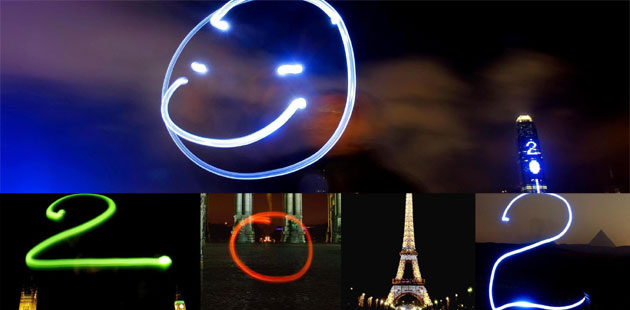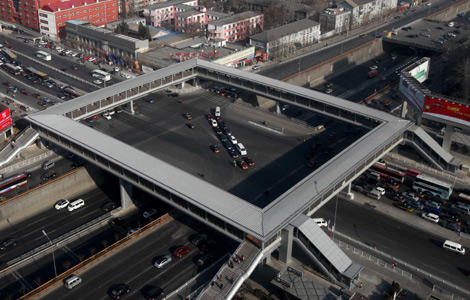Beijing begins hourly updates on air pollution
Updated: 2012-01-13 07:48
By Zheng Xin (China Daily)
|
|||||||||||
BEIJING - The Chinese capital began releasing hourly air pollution data on Thursday to address growing public concern over air quality.
The Beijing Municipal Environmental Monitoring Center will publish readings for the levels of sulfur dioxide, nitrogen dioxide and PM 10 - particulate matter smaller than 10 micrograms - detected by its 27 air quality monitoring stations.
|
 |
The data, released hourly on the center's website and micro blog, "is provided to better serve the residents of the capital", said Zhao Yue, deputy director of the center.
Residents generally hailed the move, but some said more needs to be done.
"It is undoubtedly a step forward," said Wang Bao, 27, a physical education teacher at a primary school in northern Beijing's Changping district.
However, Wang said he cared more about how the government works to curb the pollution.
Ma Jun, director of the Institute of Public and Environmental Affairs, a non-government organization, said hourly figures help improve the transparency of the environment watchdogs. "The move respects citizens' right to know."
Readings for more pollutants will be announced after stricter air quality standards are adopted in the future, Zhao said.
She did not elaborate, but the new readings might include the level of PM 2.5 - particulate matter smaller than 2.5 micrograms.
These particles could be comparatively more hazardous to people's health, causing breathing problems. They are also believed to be the cause of smog.
According to the center, Beijing will set up more than two dozen monitoring stations to detect the density of PM 2.5 before Spring Festival, which falls on Jan 23. That will be ahead of the national schedule of 2016.
Beijing residents have long been dissatisfied with the official air quality figures, saying they fail to reflect how residents feel.
People urged the government to adopt PM 2.5 testing because it insisted that the air was "slightly polluted" - a conclusion based on PM 10 figures - although heavy smog has shrouded Beijing continually since October.
Residents also complained that authorities failed to explain why air quality differs significantly between southern and northern Beijing.
When severe smog grounded more than 100 flights on Tuesday, the highest density of inhalable particles in the southern and central city was between 300 and 560 micrograms a cubic meter, while the figure in the north was between 30 and 80.
The city's environmental protection bureau said it hasn't worked out a comparison of the northern and southern part of the city.
But Ma said the northern part is home to many universities and hospitals, and hence is less polluted by industrial waste and vehicular exhaust.
- Inflation drop may see shift in policy
- China to retrieve more natural gas
- CSR allowed to raise $1.4b on stock market
- Shanghai housing prices to drop in '12: mayor
- Domestic brands largely absent from gift lists
- France's Renault eyes to enter in China
- Huaneng moves ahead on Shandong nuclear plant
- Dec inflation dips to 4.1%, 2011 CPI at 5.4%








